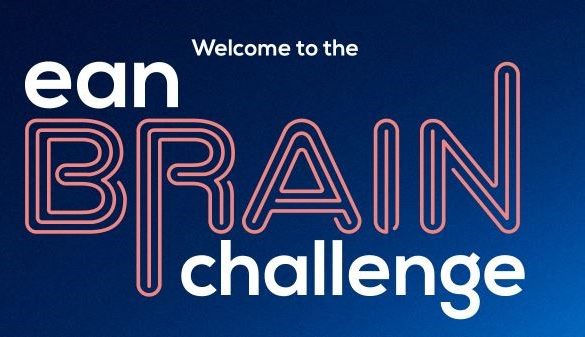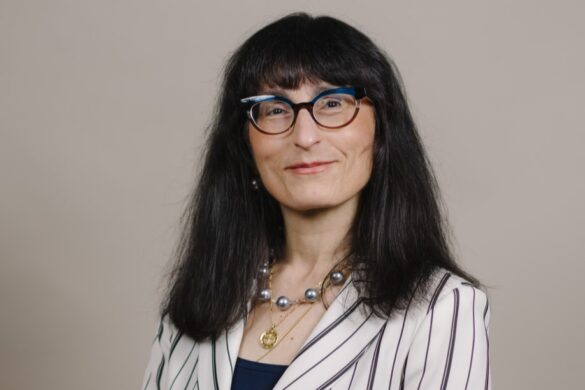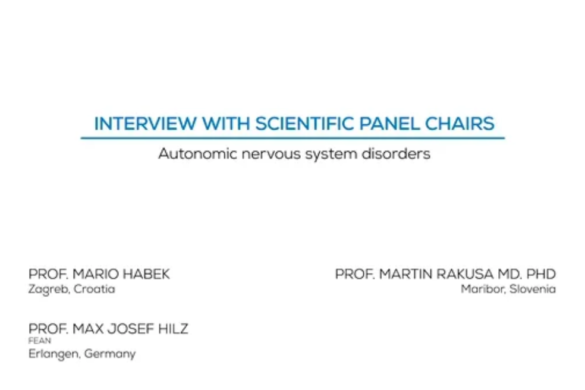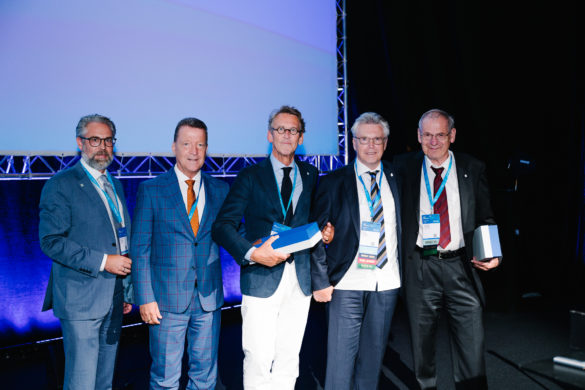by Johann Sellner
Austria’s historical contribution to experimental and clinical neuroscience is unmatched. A special session devoted to the achievements of the central protagonists of the Viennese School of Medicine took place on 27 June, 2022, at the EAN Annual Congress in Vienna. The session chairs were Thomas Berger (Vienna, Austria) and Dan Healy (Dublin, Ireland).
The session was kicked off by Sylvia Boesch (Innsbruck, Austria), who summarised the history of Austrian neurotransmission research. The anatomist Theodor Hermann Meynert (1833-1892) described several nervous system structures named after him, including the basal optic nucleus, the substantia innominate, the Meynert cells, and the fountain decussation. Otto Loewi (1873-1961) was a professor of pharmacology at the University of Graz and received the Nobel prize in 1936 for discovering the role of acetylcholine as an endogenous neurotransmitter. Finally, Oleh Hornykiewicz’s (1926-2020) research dealt with Parkinson’s disease. He demonstrated the loss of substantia nigra neurons in the post-mortem brains of patients with this condition. Also, he played a crucial role in the clinical translation of L-Dopa therapy.
Hans Lassmann (Vienna, Austria) covered the vita and achievements of neurologists and neuropathologists who contributed to the understanding of demyelinating inflammatory disorders of the central nervous system. Amongst them were Heinrich Obersteiner (1847-1922), Otto Marburg (1847-1948) and Paul Ferdinand Schilder (1886-1940). Several eponyms related to these scientists are still in use: the Obersteiner–Redlich line is where the central and peripheral nervous system meet; the Marburg-variant of multiple sclerosis; and Schilder’s disease (myelinoclastic diffuse sclerosis) are certainly known to many of us.
The final presentation, from Peter J. Koehler (Maastricht, the Netherlands) dealt with historical and contemporary perspectives of Economo’s encephalitis lethargica. This condition is characterised by lesions in the substantia nigra and occurred in a worldwide epidemic from 1915-1924. Constantin von Economo (1876-1931) described the disease’s symptoms and neuropathological substrates in detail. This illness also inspired von Economo to search for a centre of sleep in the brain. Whether SARS-CoV-2 infection, the causative agent of the ongoing COVID-19 pandemic, is associated with a similar post-viral neurological disease in a subgroup of patients is a matter of continuing research.











